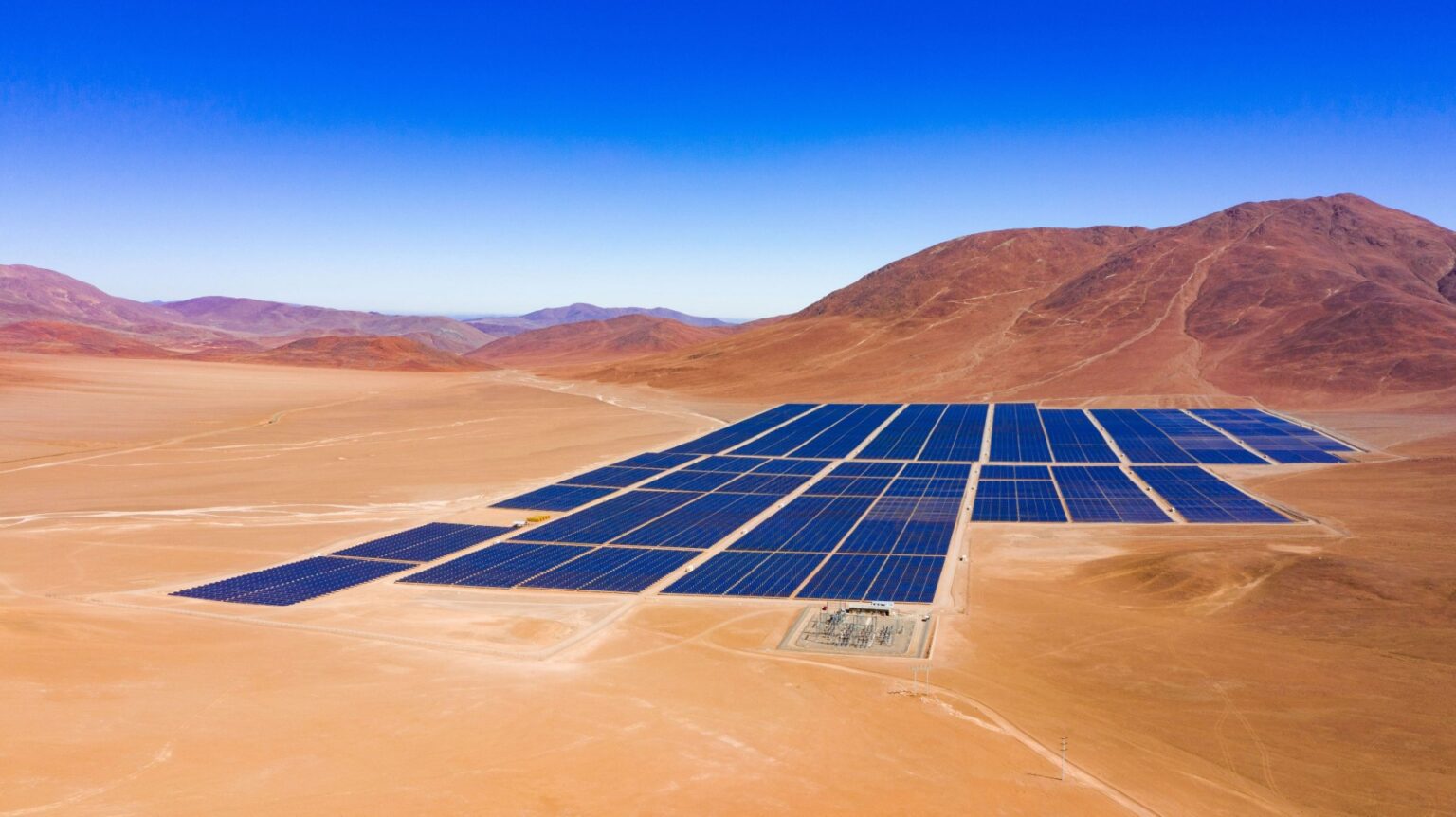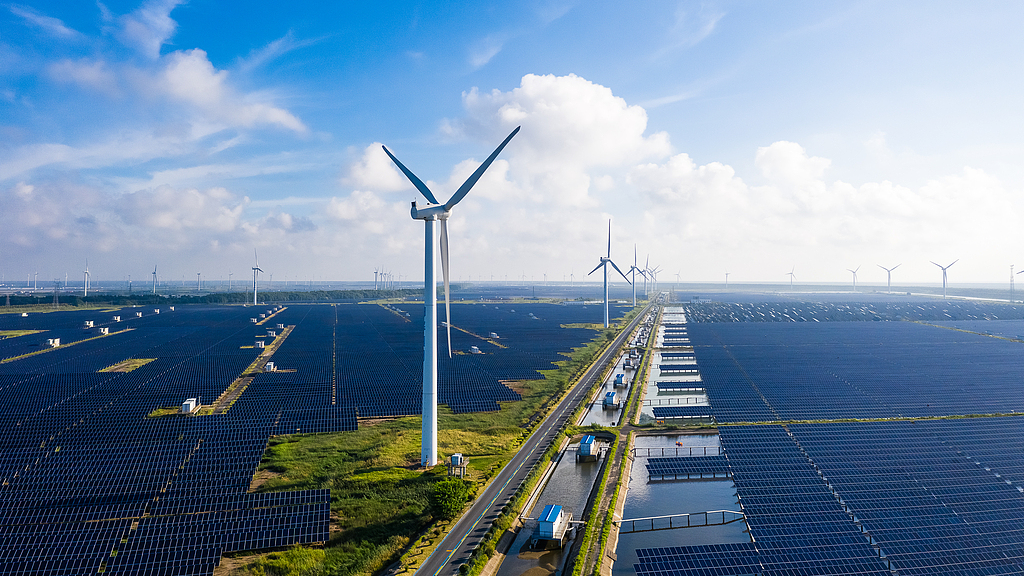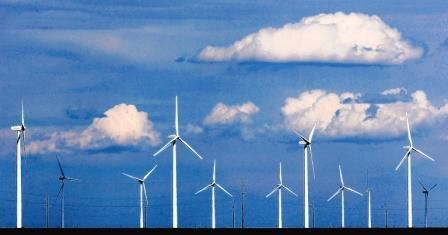Report on Atlas Renewable Energy’s Investment in Chilean Solar and Storage Infrastructure in Alignment with Sustainable Development Goals
Executive Summary
Atlas Renewable Energy has secured significant financing for the development of large-scale solar and battery energy storage systems (BESS) in Chile, directly contributing to several United Nations Sustainable Development Goals (SDGs). A recent $475 million package for the Copiapó Solar project underscores a broader investment strategy exceeding $1.2 billion over the last 13 months. These initiatives advance clean energy access (SDG 7), promote sustainable industrial infrastructure (SDG 9), foster responsible production patterns (SDG 12), and represent critical climate action (SDG 13) through strategic partnerships (SDG 17).
Copiapó Solar Project: Advancing SDG 7 and SDG 13
The cornerstone of the recent financing is the Copiapó Solar project, a hybrid facility designed to accelerate Chile’s transition to renewable energy and mitigate climate change impacts.
- Project Scope: A 357 MW photovoltaic plant combined with a 320 MW/1.28 GWh battery storage system.
- Location: Coquimbo and Atacama regions of northern Chile.
- Energy Output: Estimated annual generation of 750 GWh, scheduled to commence operations in 2026.
- Contribution to SDG 7 (Affordable and Clean Energy): The project significantly increases the share of renewable energy in Chile’s national grid, providing clean and reliable power.
- Contribution to SDG 13 (Climate Action): The generation of 750 GWh of clean electricity will displace fossil fuel-based power, leading to a substantial reduction in greenhouse gas emissions.
Strategic Partnerships for Sustainable Industrial Growth: Supporting SDG 9, SDG 12, and SDG 17
The project’s financing and operational structure are built on multi-stakeholder collaborations that support sustainable economic and industrial development.
- Power Purchase Agreements (PPAs): A 15-year PPA with CAP Group ensures a stable supply of clean energy to the mining sector. This facilitates more responsible production patterns (SDG 12) by decarbonizing a key industry.
- Grid Stability and Industrial Infrastructure (SDG 9): The integrated BESS will supply energy during peak demand, ensuring operational continuity for industrial clients and enhancing the resilience of the national energy infrastructure.
- Financial Collaboration (SDG 17): The $475 million financing package was structured through a partnership with leading global financial institutions, including:
- BBVA
- Banco de Crédito e Inversiones (BCI)
- Crédit Agricole CIB
- Natixis
- SMBC
- Société Générale
Portfolio Expansion and Broader Impact on SDGs
The Copiapó project is part of a larger portfolio of initiatives by Atlas Renewable Energy in Chile, reinforcing the company’s commitment to sustainable development across the region.
- BESS del Desierto: Inaugurated in April, this 200 MW/800 MWh standalone BESS is the first large-scale plant of its kind in the region, representing a milestone for innovative and sustainable infrastructure (SDG 9).
- BESS Estepa Project: A $510 million financing package was secured for this 215 MW solar and 418 MW energy storage project, with supply contracts supporting major industrial entities like Codelco and Colbún.
- Colbún PPA: A separate agreement for a 230 MW/920 MWh BESS will supply up to 335 GWh per year, equivalent to the consumption of approximately 140,000 homes, directly contributing to sustainable communities (SDG 11).
- Overall Portfolio: Atlas is currently operating 3,636 MW of projects and developing a total of 8.4 GW in Latin America, with 1.5 GW of contracted projects in Chile alone, demonstrating a long-term commitment to advancing the Sustainable Development Goals.
Analysis of Sustainable Development Goals in the Article
-
Which SDGs are addressed or connected to the issues highlighted in the article?
The article on Atlas Renewable Energy’s projects in Chile directly addresses and connects to several Sustainable Development Goals (SDGs). The primary focus is on energy, but the implications extend to industry, climate action, and partnerships.
- SDG 7: Affordable and Clean Energy: This is the most prominent SDG. The entire article discusses the financing and development of large-scale solar photovoltaic plants and battery energy storage systems, which are fundamental to providing clean and reliable energy.
- SDG 9: Industry, Innovation, and Infrastructure: The projects described are significant investments in modern, sustainable infrastructure (solar plants and BESS). They support a key industry in Chile (mining) by providing it with a clean and continuous power supply, thereby promoting sustainable industrialization.
- SDG 13: Climate Action: By generating hundreds of GWh of electricity from solar power, these projects directly contribute to mitigating climate change. They facilitate a transition away from fossil fuels, reducing greenhouse gas emissions in the energy and industrial sectors.
- SDG 17: Partnerships for the Goals: The article highlights the collaboration required for such large-scale projects. It mentions partnerships between the energy developer (Atlas), financial institutions (BBVA, Société Générale, etc.), and corporate off-takers (CAP Group, Codelco, Colbún), demonstrating the multi-stakeholder model needed to finance and achieve sustainable development.
-
What specific targets under those SDGs can be identified based on the article’s content?
The article provides enough detail to link the projects to specific targets under the identified SDGs.
- Under SDG 7 (Affordable and Clean Energy):
- Target 7.2: “By 2030, increase substantially the share of renewable energy in the global energy mix.” The article is a case study of this target in action, detailing the addition of new solar capacity (e.g., the 357 MW Copiapó Solar project) and other projects totaling over 1.5 GW in Chile.
- Target 7.a: “By 2030, enhance international cooperation to facilitate access to clean energy research and technology… and promote investment in energy infrastructure and clean energy technology.” The financing structure, involving a consortium of international banks providing “$475 million” for one project and over “$1.2 billion” in total, is a direct example of promoting investment in clean energy infrastructure.
- Under SDG 9 (Industry, Innovation, and Infrastructure):
- Target 9.4: “By 2030, upgrade infrastructure and retrofit industries to make them sustainable… with greater adoption of clean and environmentally sound technologies and industrial processes.” The projects are designed to supply clean energy to the mining sector (CAP Group, Codelco) through Power Purchase Agreements (PPAs), directly contributing to making this heavy industry more sustainable.
- Under SDG 13 (Climate Action):
- Target 13.2: “Integrate climate change measures into national policies, strategies and planning.” The development of large-scale renewable projects like those mentioned is a key implementation of national strategies to reduce carbon emissions and combat climate change.
- Under SDG 17 (Partnerships for the Goals):
- Target 17.17: “Encourage and promote effective public, public-private and civil society partnerships.” The collaboration between Atlas Renewable Energy, a group of international financial institutions, and major industrial companies like CAP Group exemplifies the private-private partnerships essential for mobilizing the resources needed for sustainable development.
- Under SDG 7 (Affordable and Clean Energy):
-
Are there any indicators mentioned or implied in the article that can be used to measure progress towards the identified targets?
Yes, the article contains several quantitative figures that can serve as direct or indirect indicators for measuring progress.
- For Target 7.2 (Increase renewable energy share):
- Indicator (Implied): Installed renewable energy capacity. The article provides specific figures: “357 MW photovoltaic plant,” “230 MW… BESS,” “215 MW solar,” and a total of “1.5 GW of contracted projects in Chile.”
- Indicator (Implied): Electricity generation from renewable sources. The article states the Copiapó Solar project will generate “around 750 GWh per year,” and another project will supply “up to 335 GWh per year.”
- For Target 7.a (Promote investment in clean energy):
- Indicator 7.a.1: “International financial flows to developing countries in support of… renewable energy production.” The article explicitly quantifies these flows: “$475 million finance” for the Copiapó project, a “$510 million package” for the BESS Estepa project, and a total of “more than $1.2 billion for Chilean projects in the last 13 months.”
- For Target 9.4 (Upgrade infrastructure and industries):
- Indicator (Implied): Investment in clean technology and infrastructure. The financial figures mentioned above ($475M, $510M, $1.2B) also serve as indicators for this target.
- Indicator (Implied): Capacity of energy storage systems. The article specifies the storage capacity, which is crucial for industrial reliability: “320 MW/1.28 GWh storage system,” “230 MW/920 MWh standalone BESS,” and “418 MW energy storage project.” This measures the adoption of innovative and resilient infrastructure.
- For Target 7.2 (Increase renewable energy share):
SDG Analysis Summary Table
| SDGs | Targets | Indicators Identified in the Article |
|---|---|---|
| SDG 7: Affordable and Clean Energy | 7.2: Increase substantially the share of renewable energy. 7.a: Promote investment in energy infrastructure and clean energy technology. |
|
| SDG 9: Industry, Innovation, and Infrastructure | 9.4: Upgrade infrastructure and retrofit industries to make them sustainable. |
|
| SDG 13: Climate Action | 13.2: Integrate climate change measures into national policies, strategies and planning. |
|
| SDG 17: Partnerships for the Goals | 17.17: Encourage and promote effective public-private and civil society partnerships. |
|
Source: ess-news.com






